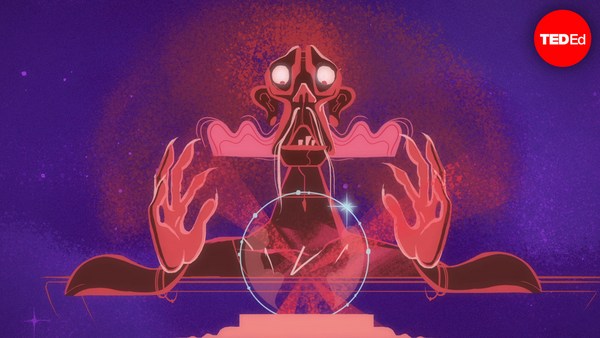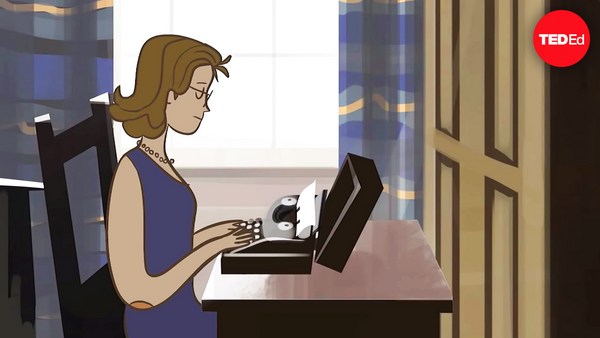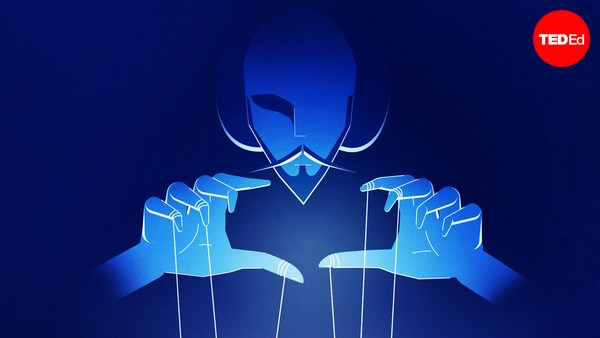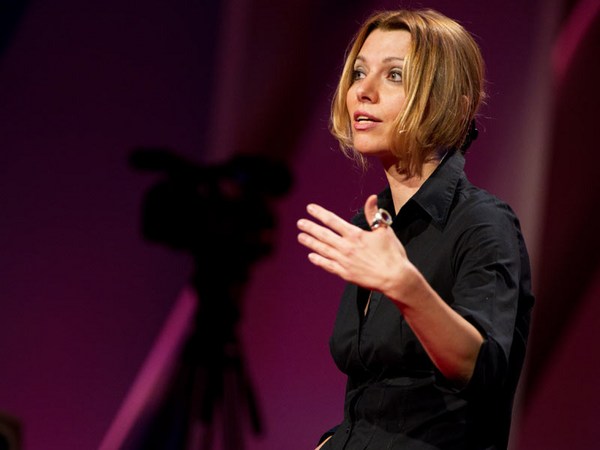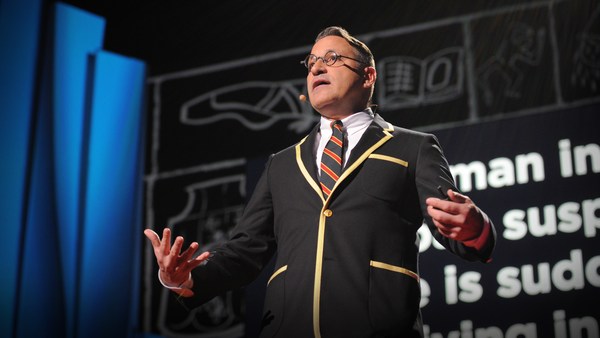Mounting his skinny steed, the protagonist of Don Quixote charges an army of giants. In his eyes, it is his duty to vanquish these behemoths in the name of his beloved lady, Dulcinea. However, this act of valor is ill conceived. As his squire Sancho Panza explains to him time and again, these aren’t giants; they are merely windmills. Don Quixote is undeterred, but his piercing lance is soon caught in their sails. Never discouraged, the knight stands proudly, and becomes even more convinced of his mission.
This sequence encapsulates much of what is loved about Don Quixote, the epic, illogical, and soulful tale of Alonso Quijano, who becomes the clumsy but valiant Don Quixote of la Mancha, known as the Knight of the Sorrowful Countenance. Originally published in two volumes, the narrative follows Don Quixote as he travels through central and northern Spain fighting the forces of evil.
Despite Don Quixote’s lofty imagination, his creator, Miguel de Cervantes, could never have imagined his book would become the best-selling novel of all time. Barring 5 years as a soldier, and 5 more enslaved by pirates, Cervantes spent most of his life as a struggling poet and playwright. It wasn’t until his late 50’s that he published his greatest creation: an epic satire of chivalry novels.
At this time, medieval books chronicling the adventures of knights and their moral code dominated European culture. While Cervantes was a fan, he was weary of these repetitive tomes, which focused more on listing heroic feats than character development. To challenge them, he wrote Don Quixote, the story of a hidalgo, or idle nobleman, who spends his days and nights reading chivalry novels. Driven mad by these stories, he fashions himself a champion for the downtrodden. Everyone in his village tries to convince him to give up his lunacy, going so far as to burn some of the lurid books in his personal library. But Don Quixote is unstoppable. He dresses up in old shining armor, mounts his skinny horse, and leaves his village in search of glory.
Cervantes’ novel unfolds as a collection of episodes detailing the mishaps of the valiant knight. Yet unlike the chivalry books and perhaps all other prior fiction, Cervantes’ story deeply investigates the protagonist’s inner life. Don Quixote matures as the narrative develops, undergoing a noticeable transformation. This literary revelation has led many scholars to call Don Quixote the first modern novel. And this character development doesn’t happen in isolation. Early on, Don Quixote is joined by a villager-turned-squire named Sancho Panza. Sancho and Don Quixote are a study in opposites: with one as the grounded realist to the other’s idealism. Their lively, evolving friendship is often credited as the original hero and sidekick duo, inspiring centuries of fictional partnerships.
Don Quixote was a huge success. Numerous editions were published across Europe in the seventeenth century. Even in the Americas, where the Church banned all novels for being sinful distractions, audiences were known to enjoy pirated editions. The book was so well received that readers clamored for more. After a rival author attempted to cash in on a fake follow-up, Cervantes released the official sequel in response. Now published alongside the first volume as a completed text, this second volume picks up where the original left off, only now Don Quixote and Sancho have become folk heroes. Just as in real-life, Cervantes included his novel’s success in the world of his characters. This unconventional meta-awareness created philosophical complexity, as the knight and his squire ponder the meaning of their story.
Unfortunately, Cervantes had sold the book’s publishing rights for very little. He died rich in fame alone. But his treatise on the power of creativity and individualism has inspired art, literature, popular culture, and even political revolution. Don Quixote argues that our imagination greatly informs our actions, making us capable of change, and, indeed, making us human.
